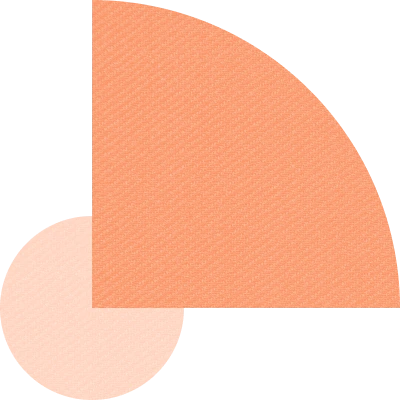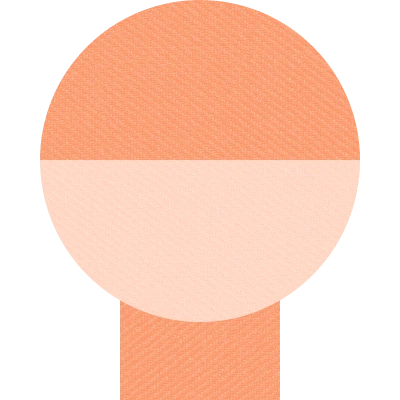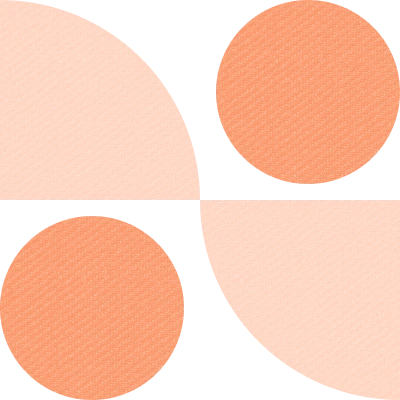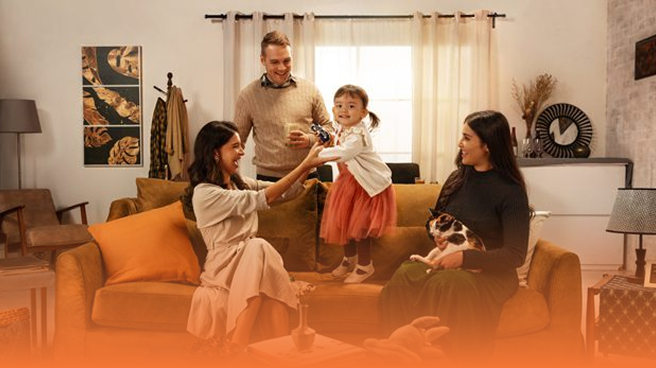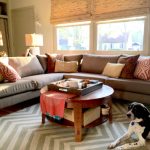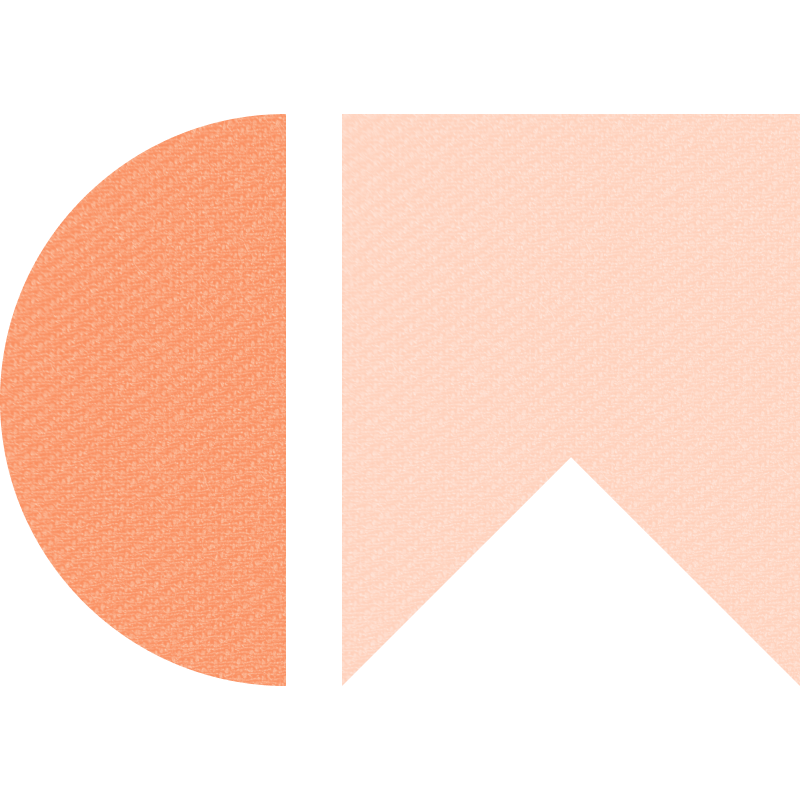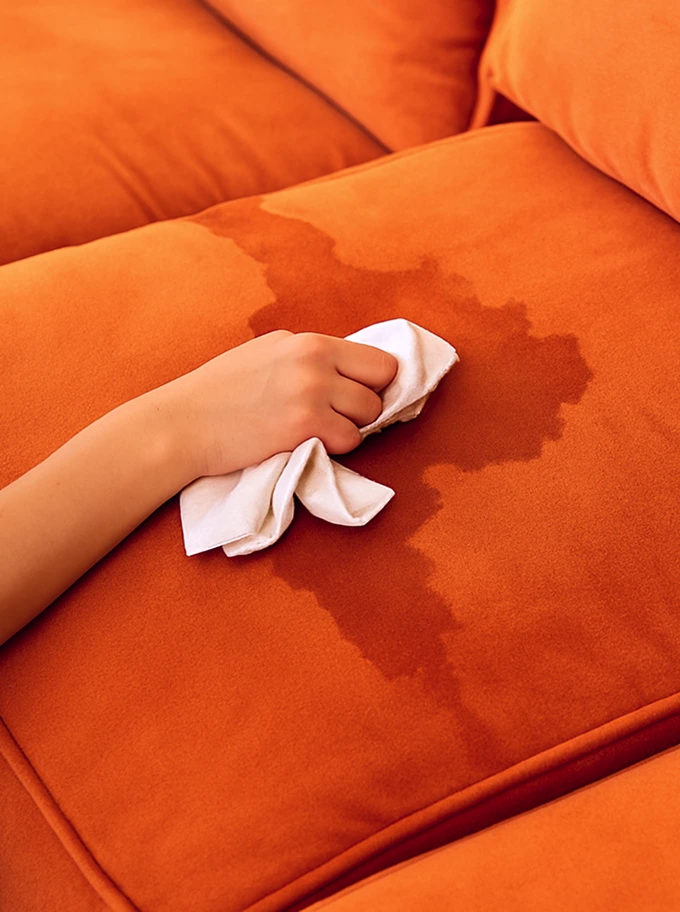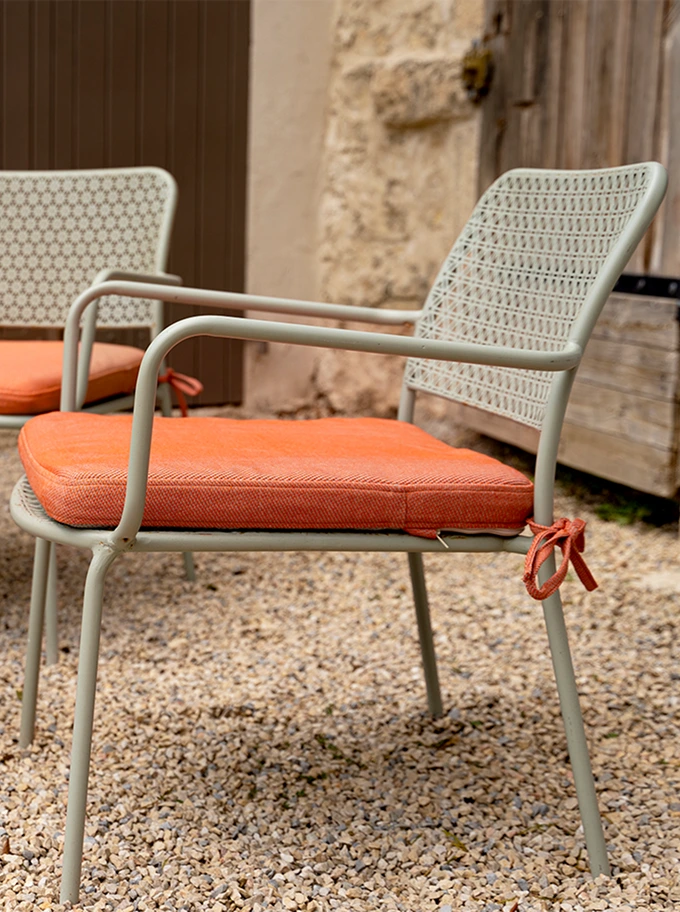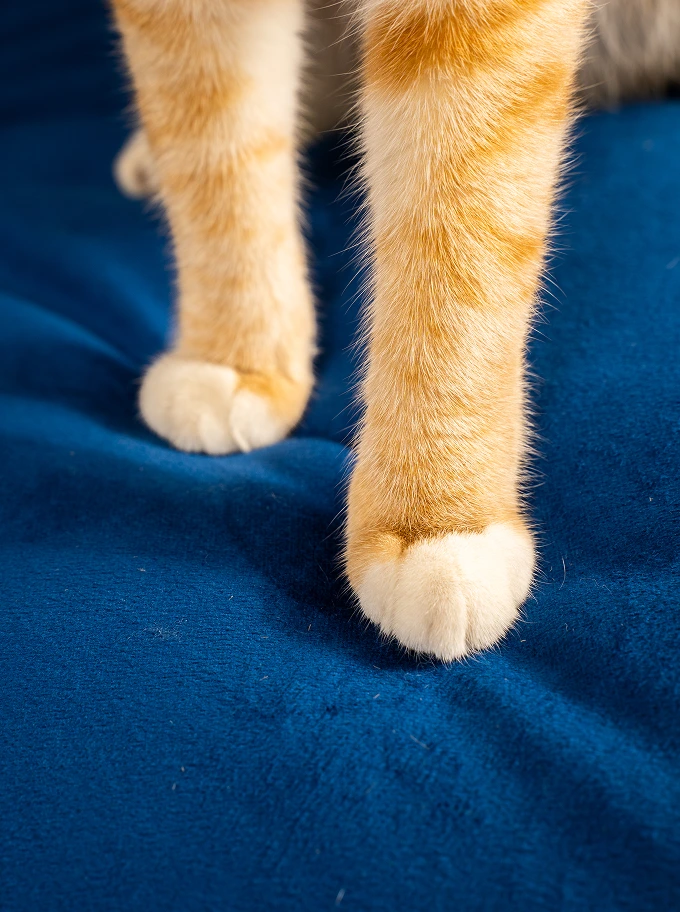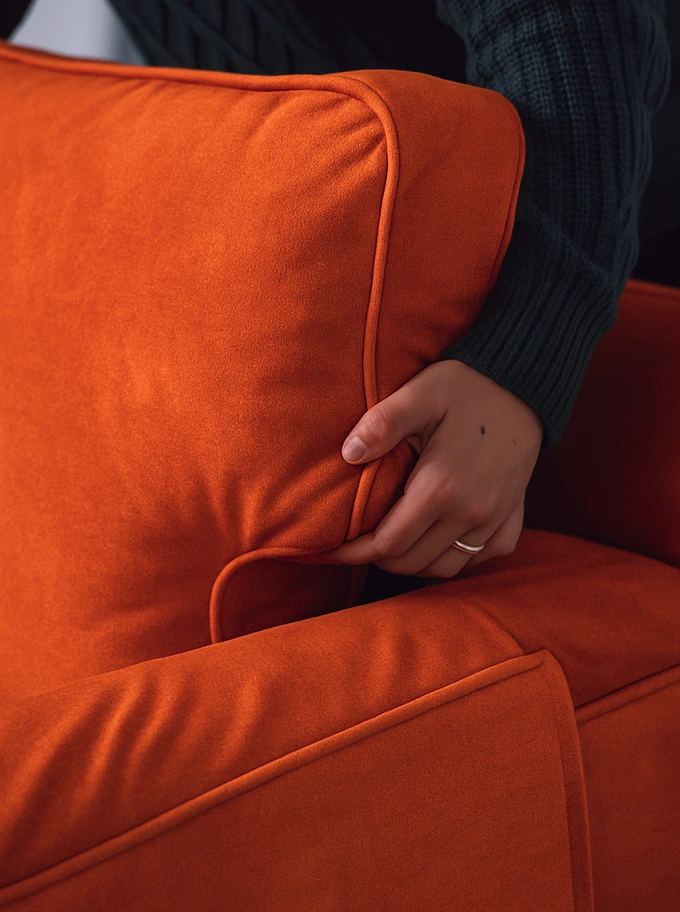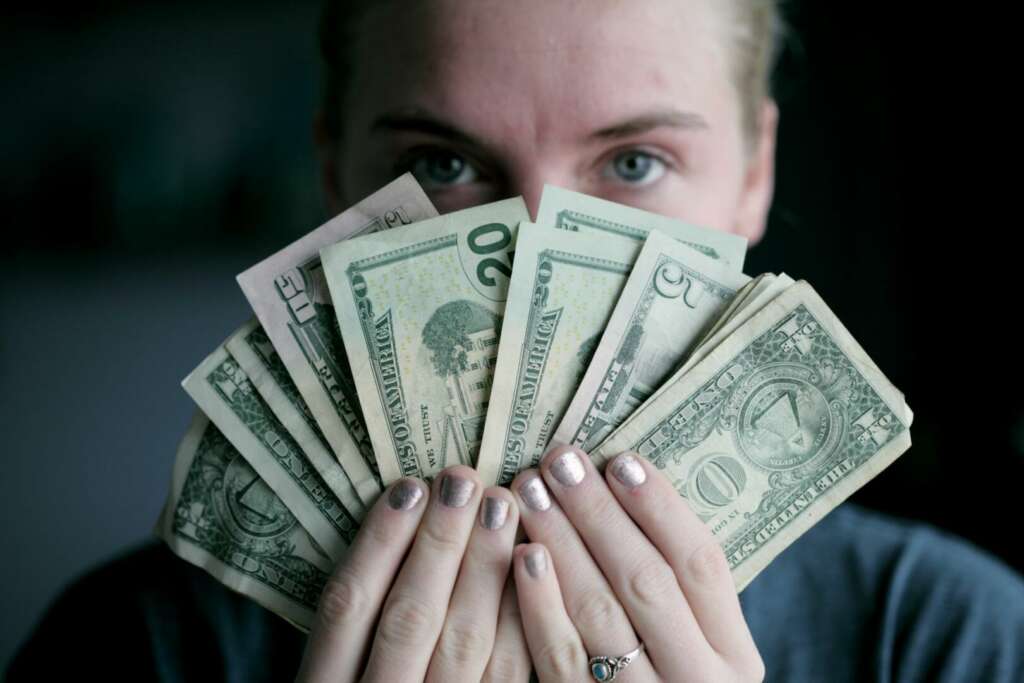
When you’re a first-time parent, it’s easy to get carried away with baby shopping and end up splurging mindlessly.
That is…until you see your credit card bill and flip out.
As a new parent, it’s crucial that you have effective money-saving strategies in place.
Here are our top 6 money-saving tips that’ll help you get through this first phase of parenthood with a healthy baby and bank account:
Buy 2-in-1 baby gear
Babies are tiny but there is SO much equipment you need to get for them.
From cribs, strollers and car seats to bouncers, diaper-changing tables and feeding chairs — the list seems to be never-ending.
One way to cut your expenses in literally half is to buy baby gear that can work double duty or even better, ‘grows’ as your baby grows.
For example, there are baby cribs that transform into toddler beds, strollers that can be used as car seats or feeding chairs, and baby bathtubs that can be used throughout the newborn and toddler stages.
Investing in 2-in-1 baby gear is not only a great money-saving tip — it’ll also help you save a ton of much space around the house.
Don’t go overboard before baby’s arrival
As a new parent, you’re bound to be so excited at your little one’s anticipated arrival that you go nuts at the baby shops.
As a result, you’ll end up spending insane amounts of money on baby items before the baby is even born.
Here’s the thing: Many items such as baby toys, shoes and play gyms can wait. All babies are different in size, shape and feeding, sleeping and playing preferences.
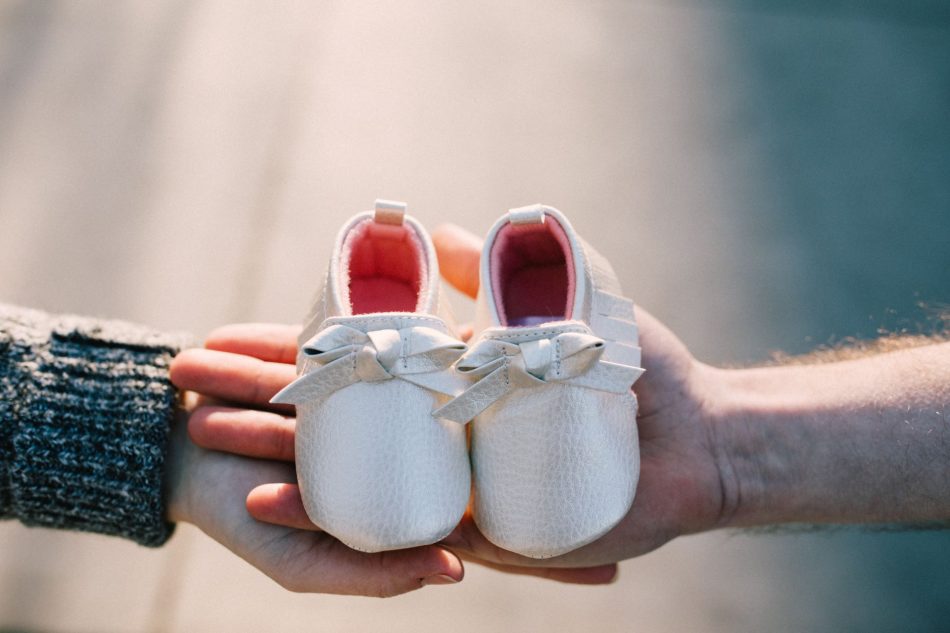
Your best (and most budget-friendly) course of action is this: Before baby is born, stick to purchasing only the bare necessities you absolutely need.
These include clothes, diapers and formula (if you’re going to be bottle-feeding), at least for the first month. Save the rest of the shopping for after your baby comes into this world.
That way, you can assess what items your baby actually needs and which ones you can do without. You’ll end up saving so much by simply shopping after baby is born.
Go for gender-neutral items
If you plan on having more than one child, it’s best to go for gender-neutral baby things.
This way when your second one is born, you’ll already have most of the baby essentials covered. This is especially true for more expensive items such as the baby’s crib, stroller and car seat.
Next time you’re shopping for your baby girl’s car seat and are tempted to go for the bright pink one, think again. Choosing unisex colours and styles will save you a lot of moolah in the long run.
But with that said, why stop at baby stuff? You can use similar strategies when with your home decor purchases too.
Get smart with diapers and formula
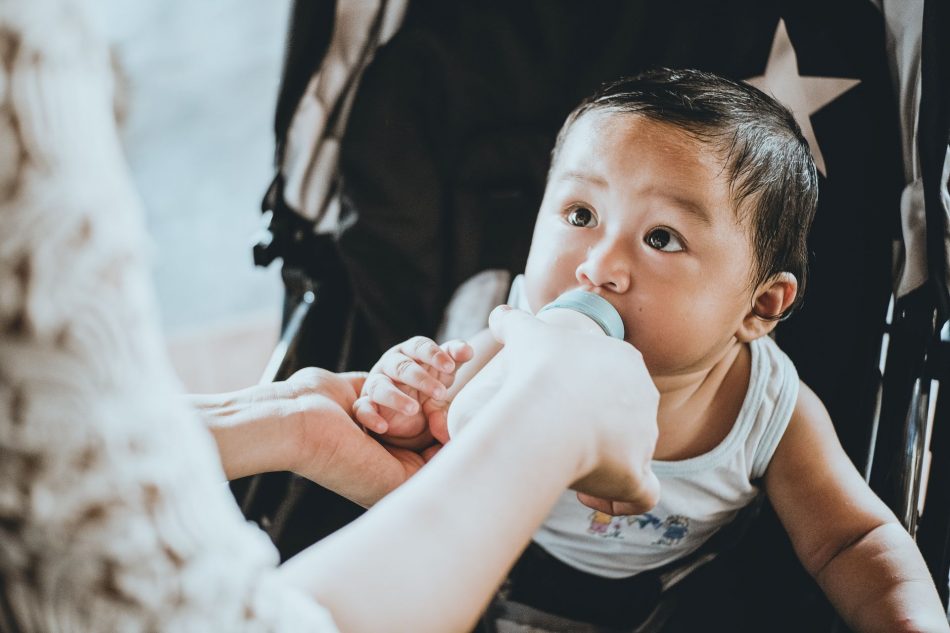
During your baby’s first year, your highest, recurring expenses will be centered around feeding and keeping baby clean.
This roughly translates into baby formula and diapers.
When it comes to feeding your baby, doctors advise that it’s always best to exclusively breastfeed your baby, at least for the first six months. Not only will you save up on a lot of money but it’s also healthier for you and your baby.
If you plan to bottle-feed (and research shows that less than 50% of women exclusively breastfeed for the first 6 months), then it’ll pay to be smart about your purchases. For example, a good quality electric breastfeeding pump is super expensive — instead, try borrowing from a friend or family member.
Also, don’t be afraid to ask the nurses for formula while you’re at the hospital to start with, and stockpile your diaper bag with as much as they allow you to take.
When you’re at the pediatrician’s as if they can you give you some free formula samples.
Diapers will also be a huge recurring expense, so try to buy them in bulk, which will be much cheaper than buying in smaller quantities.
Also, you can always find diapers on sale: You just need to be on the lookout. Try comparing prices at different stores to figure out where you can get the best deal.
Be practical when it comes to clothes
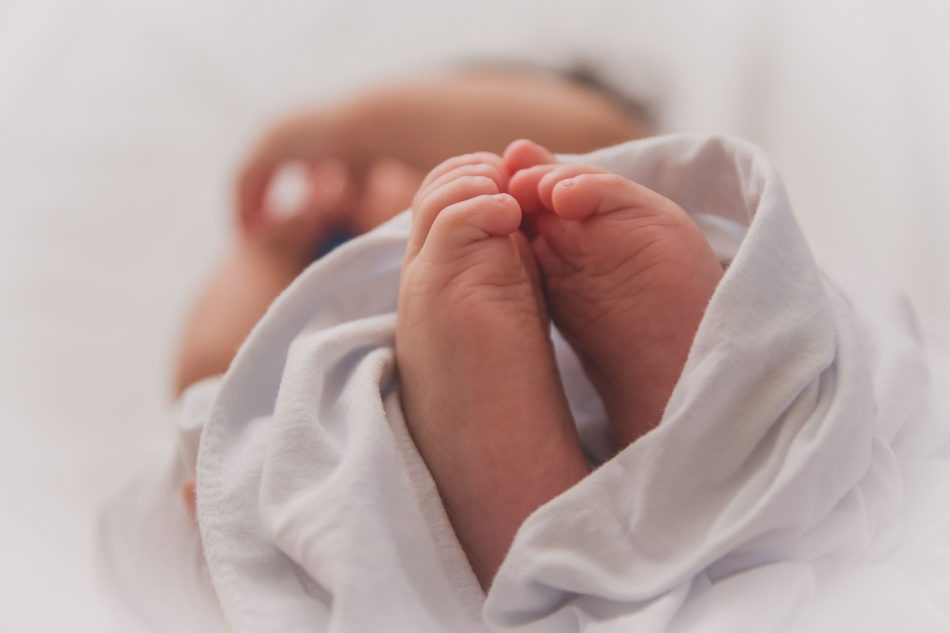
It’s easy to get swept away with emotion-driven purchases when baby first arrives. The result? You splurging on fancy outfits in newborn sizes that never end up getting worn, or worn for very long.
Until about 6 months of age, your little one will mostly be wearing onesies and swaddled away.
Those super-expensive designer outfits you bought with so much love, will be outgrown long before your little one is even ready to wear them.
If you’ve got your heart set on spoiling your baby with fancy outfits anyway, save the money for when they are at least 6-9 months old so they don’t outgrow their clothes before they get a chance to wear them.
Save money and time on cleaning
As new parents, you’re bound to underestimate how messy babies can be and the time it takes to clean up the messes they make.
Spit up milk, leaky diapers and vomit are all part of the package, and the bad news is, it may get worse with the toddler years.
One way to keep your cleaning expenses (and energy) down? Invest in home decor essentials that are meant to make keeping your space gorgeous and clean, a whole lot easier.
For example, instead of spending insane amounts of money on buying a new set of seats to replace the stained ones every couple of years, consider getting slipcovers for your sofa, armchair or even dining chairs instead.
Your home (and wallet) will thank you for it!
Want to make your home more baby-friendly? Start with your sofa by giving it an affordable, machine-washable sofa slipcover. Take our sofa slipcover fabrics for a test run here:
